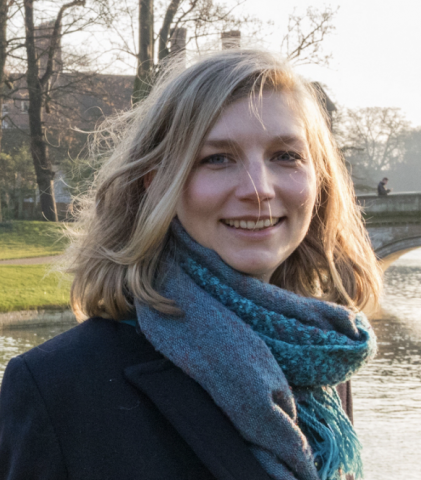Submitted by Administrator on Thu, 22/02/2018 - 14:03
Dr Smit received the award in recognition of her research into the observational characterisation of the physical properties of the galaxies that formed in the first billion years of cosmic time.

Renske Smit's doctoral research focused on the study of very distant galaxies, seen in the first few billion years of cosmic history, using the Hubble and Spitzer Space Telescopes. Her studies were among the first to obtain genuine insight into the physical conditions of these galaxies, paving the way for detailed follow-up studies with ground-based instrumentation. Her research established that emission lines associated with the formation of massive, young stars often dominate the broadband flux of distant galaxies. This work resolved a major discord between observations and theoretical models of the evolution of galaxies in the early Universe. Renske Smit's innovative work also enabled her to identify new galaxies in the Epoch of Reionisation; spectroscopic follow-up of these sources with the Atacama Large Millimeter Array allowed her to obtain the first measurement of velocity structure in galaxies at this early epoch. She participated in efforts to detect even more distant (z≈8-9) galaxies, spectroscopic follow-up of which yielded spectacular confirmation of their redshifts via the Lyman- alpha emission line, breaking two consecutive records for the most-distant galaxy known to science. As a member of the NIRSpec Guaranteed Time Observations (GTO) Galaxy Assembly team, Renske Smit is now preparing for the forthcoming revolution promised by the launch of the James Webb Space Telescope.
The PhD thesis of Renske Smit was conducted at the University of Leiden, under the supervision of Dr. Rychard Bouwens.



